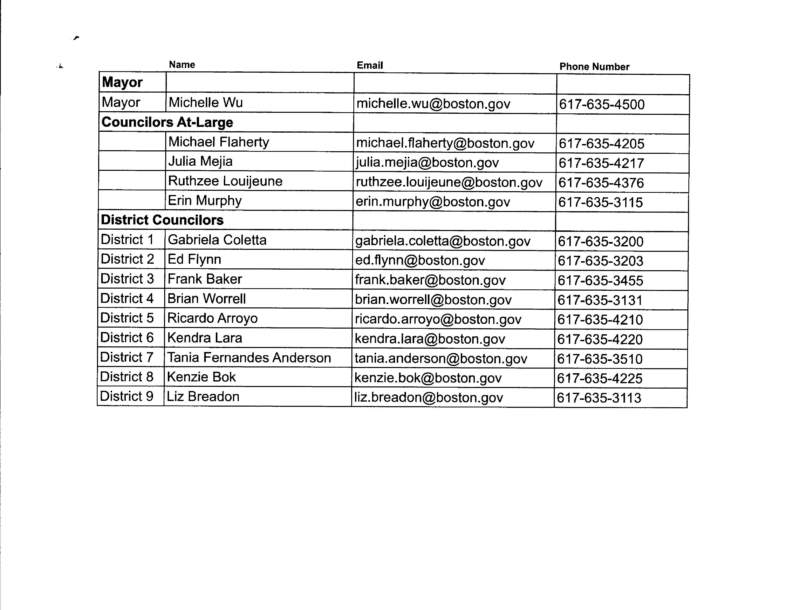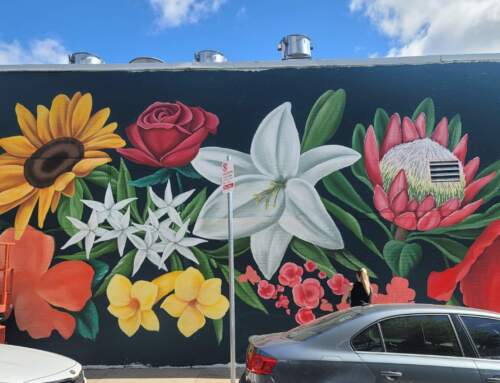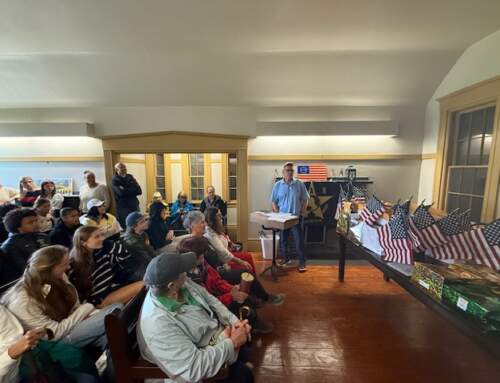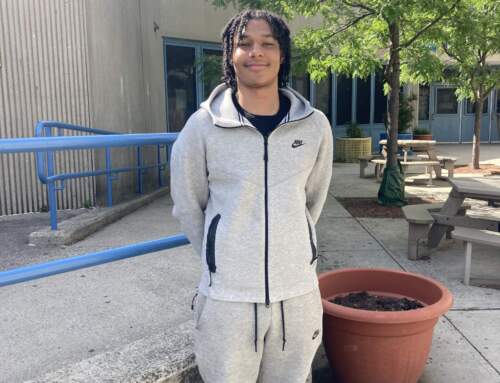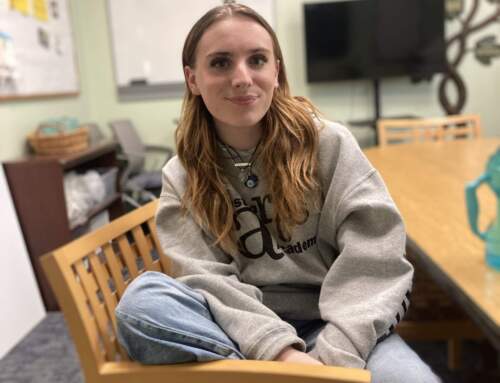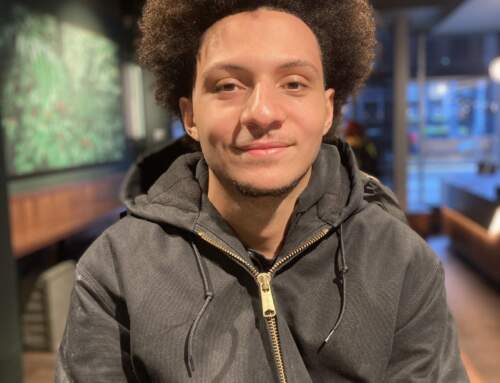Ed Flynn, the Boston City Council President (and our District 2 City Councilor), convened an Emergency Meeting to deal with the effects of the initially proposed Redistricting plan. This plan had been submitted in the form of a so-called “Unity Map” put together by City Councilors Liz Breadon and Ricardo Arroyo.
This Unity Map has already generated significant controversy because the Redistricting it proposes will make significant changes in several Boston neighborhoods, including neighborhoods in South Boston and Dorchester in District 2 and District 3, respectively. Briefly, the Unity Map calls for major changes in the border between Districts 2 and 3, which would be moved so far north that it would split the Old Colony, West Broadway, and Ninth Steet housing developments into two Districts. Also, South Dorchester and Lower Mills, now represented by Councilor Frank Baker, would be split off into District 4. The Unity Map would cut across or perhaps even eliminate important neighborhoods. Other, more acceptable approaches to Redistricting need to be brought forward.
Redistricting of the City Council is required by law every ten years. It has taken place in this century during 2002, 2012, and now 2022, but it’s important to note that the Redistricting only goes into effect a year later – in 2023 after the current Redistricting exercise. Redistricting involves adjusting the borders and precincts in each Boston District (there are nine of them), so that all nine District populations become nearly equal, while retaining each District’s character and important neighborhoods. In a rapidly changing city like Boston, this is a complicated task.
Shortly after 6 p.m., Council President Flynn opened the Emergency Meeting. He first called upon members of the Meeting’s audience, and then on each City Councilor and elected official in turn. Phyllis Corbitt and Mary McKinnon, followed by Congressman Steve Lynch, eloquently praised the value of project life and strongly recommended the projects be kept whole and entire – in a single District, in other words. Mercy Robinson from South Boston en Accion spoke of working together as a unit; Jeremiah Sparks spoke about South Boston’s community of veterans.
Unfortunately, the Emergency Meeting turned unruly soon after 7 p.m. Although Flynn was able to control this at first, he wanted all of those at the head table to speak. He called upon District 3 Councilor Frank Baker, who then briefly and emphatically described his own Redistricting proposal, which he has entitled a “Coalition Map” (see our comments below). The Meeting adjourned after brief remarks from City Councilor-at-Large Erin Murphy and State Representative David Biele. Both of them encouraged the attendees to get in touch with elected officials about Redistricting issues.
We have examined the Coalition Map developed by District 3 Councilor Baker. Not only does it accurately balance all nine District populations, it also shows how to preserve neighborhood character and maintain diverse, inclusive groups of residents. Out of the five Maps we have seen to date, Baker’s is the most effective – we recommend that it, or an alternate Map nearly the same, be put into effect. The deadline for approving a new Redistricting plan is November 7, less than three weeks from now. If the 13 members of the Boston City Council can’t agree on a plan by that date, Mayor Wu is supposed to step in and initiate her own plan for Redistricting.
To voice your opposition to the Breadon-Arroyo redistricting map (Docket #1275) reach out to your local elected official:
